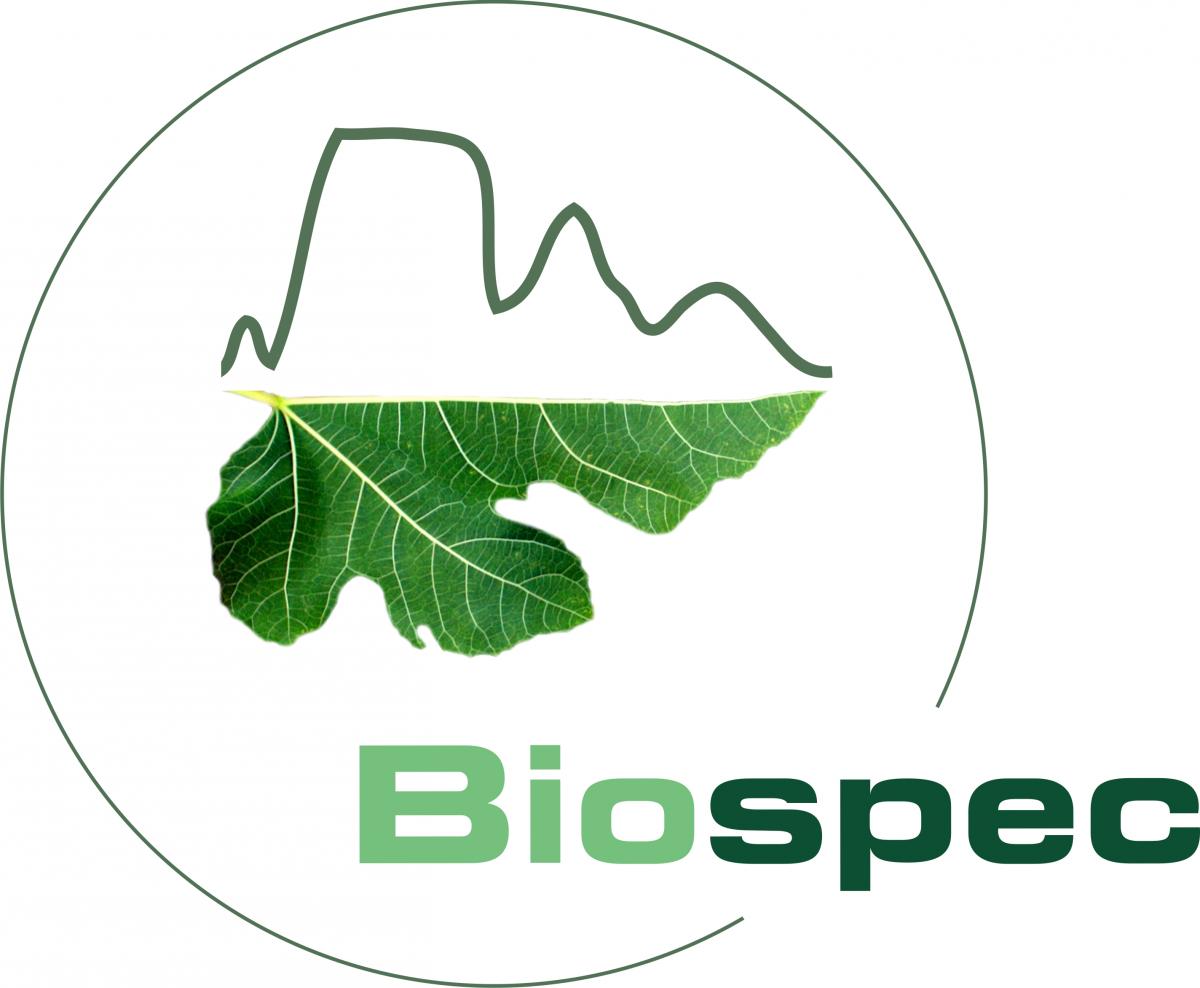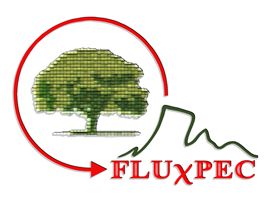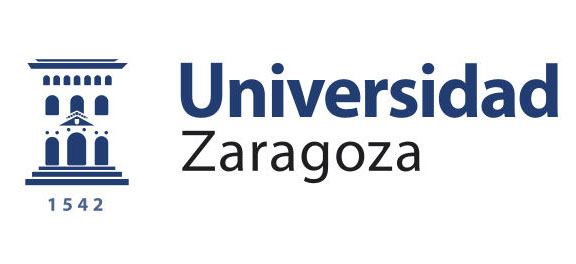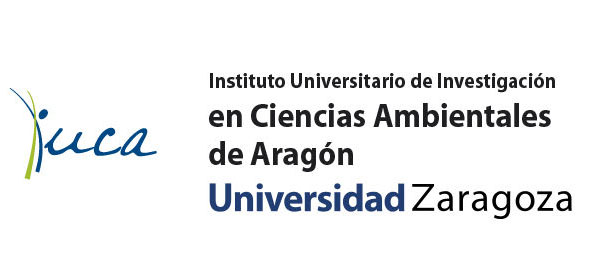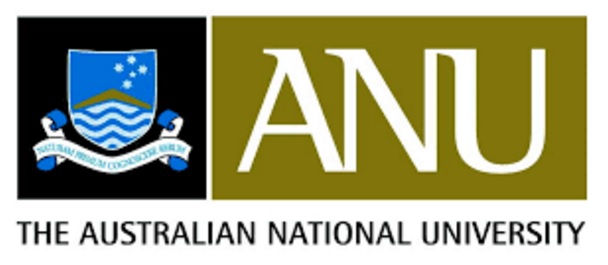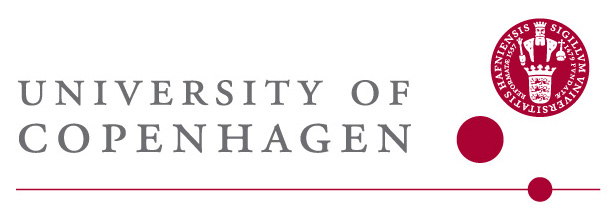Project overview
Mixed tree-grass and shrub-grass vegetation associations are one of the most spatially extensive and widely distributed forms of terrestrial vegetation on Earth. They are vital for livestock production and play a pivotal role in regional and global food production and food security. Given the global importance of tree-grass formations it is notable that most remote sensing products and associated earth system modeling over the past decades have been so poorly adapted to the key structural and functional characteristics of savannas.
SynerTGE proposes to estimate key vegetation biophysical parameters: Leaf Area Index (LAI), canopy water content (CWC), leaf pigments (Chl) and nitrogen content (N) from the combination of Landsat-8 (LT-8) and Sentinel-2 (S-2) and a time series analysis with a previous evaluation of Landsat-5 (LT-5) in order to generate prototype products specifically adapted to tree-grass ecosystems. The capability of these products to estimate Gross Primary Production (GPP) will be eventually tested. We seek to contribute to earth observation science through improved consideration of woody and herbaceous functional groups in remote sensing and modeling of terrestrial ecosystems.
This project will use 3-Dimensional Radiative Transfer Models (RTM) to design new vegetation indexes (VI) that are more sensitive to CWC, LAI and Chl rather than directly using RTM inversions that require accurate ancillary biophysical and structural variables to properly parameterize the models. Hyperspectral data acquired at canopy level using field and remotely piloted aircraft (RPA) mounted field spectroradiometers as well as airborne images will be used to improve separation of physiological and biogeochemical properties of the ecosystem components.
The benefits of generating 30 m pixels of CWC, LAI and Chl products at higher temporal resolution in tree-grass ecosystems combining L-8 and S-2 will be demonstrated on a Spanish dehesa in Las Majadas del Tietar (Cáceres). This research will analyze existing field data available in the study site by taking advantage of field campaigns supported by previous projects (Biospec/Fluxpec) and collaboration with other national and international groups working in the site (CEAM, Max Planck Institute). The project activities will be also linked to worldwide distributed tree-grass sites in partnership with international collaborators in USA, Australia, Chile and Denmark.


